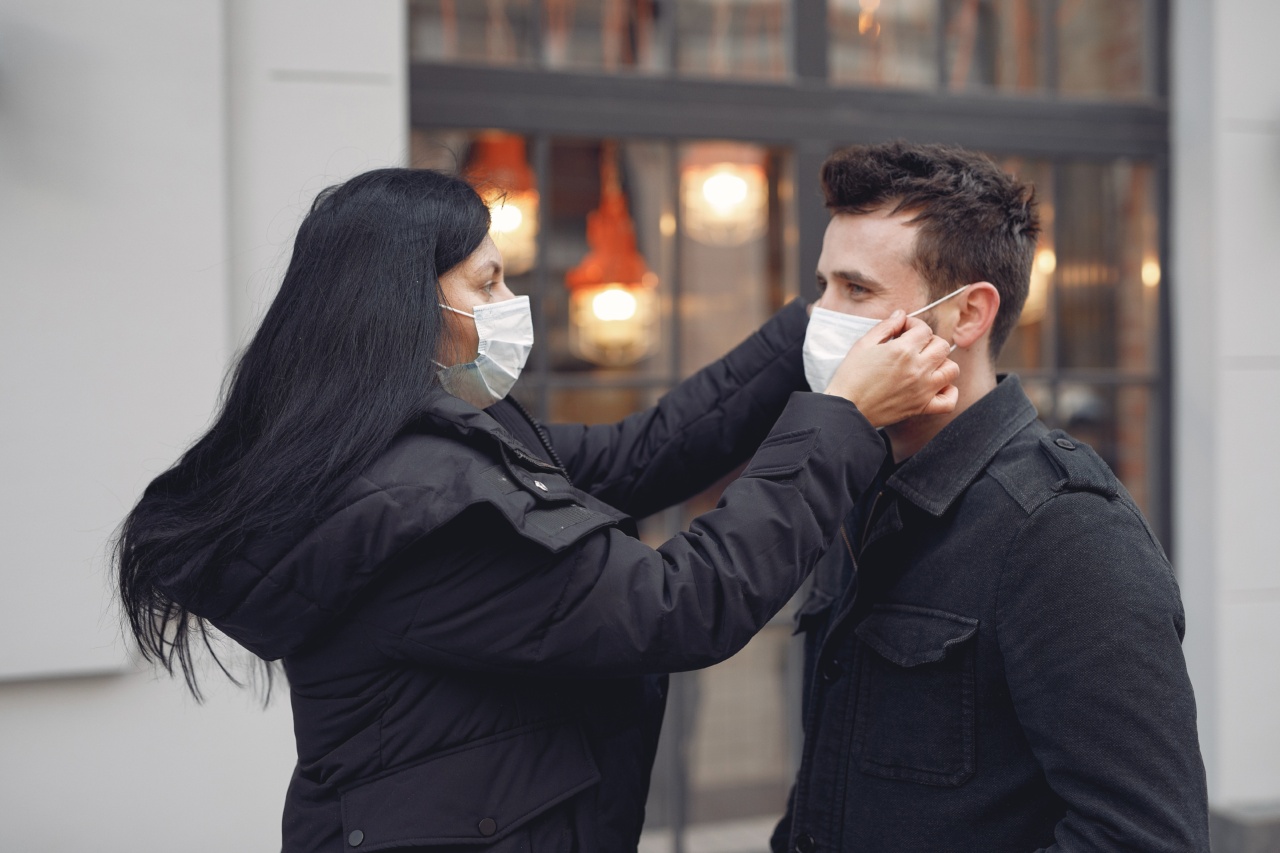A fever is a common medical condition where the body temperature rises above the normal range. It is caused by the body’s immune system fighting off an infection or an illness. Fever is not a disease but a symptom of an underlying problem.
A fever can be classified as low-grade or high-grade depending on the body temperature. Understanding the basics of fever and when to seek medical help is essential for everybody.
: What is a fever
A fever is a rise in body temperature above the normal range, which is usually about 98.6°F (37°C) when measured orally. The normal body temperature can fluctuate during the day, being slightly higher in the afternoon and evening.
A fever usually means the body is fighting off an infection or an illness. The body’s immune system raises the body temperature to make it less hospitable for viruses and bacteria that cause infections.
: What causes a fever
A fever can be caused by various factors, including:.
- Infections: The most common cause of a fever is an infection caused by bacteria, viruses, or fungi. Examples of infections that cause fevers include flu, pneumonia, and urinary tract infections.
- Immunizations: Some vaccines, particularly those given to children, can cause a low-grade fever as a side effect.
- Inflammatory conditions: Certain medical conditions, such as rheumatoid arthritis or inflammatory bowel disease, can cause fevers.
- Cancer: Some types of cancer can cause a fever, either directly or as a side effect of cancer treatment.
- Other medical conditions: Fevers can also be caused by medical conditions such as thyroid disorders and blood clotting disorders.
: Symptoms of a fever
Symptoms of a fever may include:.
- High body temperature
- Chills and shivering
- Sweating
- Headache
- Muscle aches and weakness
- Loss of appetite
- Dehydration
- Irritability and confusion, particularly in infants and young children
: When to seek medical help for a fever
Most fevers are not cause for alarm and can be treated at home. However, there are some situations when a fever requires medical attention:.
- Infants under 3 months old with a temperature of 100.4°F (38°C) or higher
- Children aged 3-12 months with a temperature of 102°F (38.9°C) or higher
- Children and adults with a temperature of 103°F (39.4°C) or higher
- Fevers lasting longer than three days in adults or children
- Fevers in people with compromised immune systems or chronic medical conditions
- Fevers accompanied by other symptoms, such as a rash, difficulty breathing, severe headache or neck stiffness, or abdominal pain
: How to take care of a fever
Most fevers can be treated at home with self-care measures, including:.
- Drinking plenty of fluids to prevent dehydration.
- Resting to allow the body to fight the infection.
- Taking over-the-counter medicines, such as acetaminophen (Tylenol) or ibuprofen (Advil), to reduce fever and discomfort. Avoid giving aspirin to children or teenagers unless recommended by a doctor, as it can cause a serious condition called Reye’s syndrome.
- Taking a lukewarm bath or using a damp cloth to help lower body temperature.
: Preventing the spread of infection
If you have a fever caused by an infection, there are steps you can take to prevent it from spreading to others:.
- Wash your hands regularly with soap and water or alcohol-based hand sanitizer.
- Cover your mouth and nose when coughing or sneezing.
- Avoid close contact with others, especially infants, pregnant women, and people with weakened immune systems.
- Stay home from work or school until your fever has been gone for at least 24 hours without the use of fever-reducing medication.
: Conclusion
Fever is a common medical condition that can be caused by infections, immunizations, and other medical conditions. Most fevers can be treated at home with self-care measures, but there are situations when medical attention is necessary.
Understanding the basics of fever and when to seek medical help is essential for everyone.































